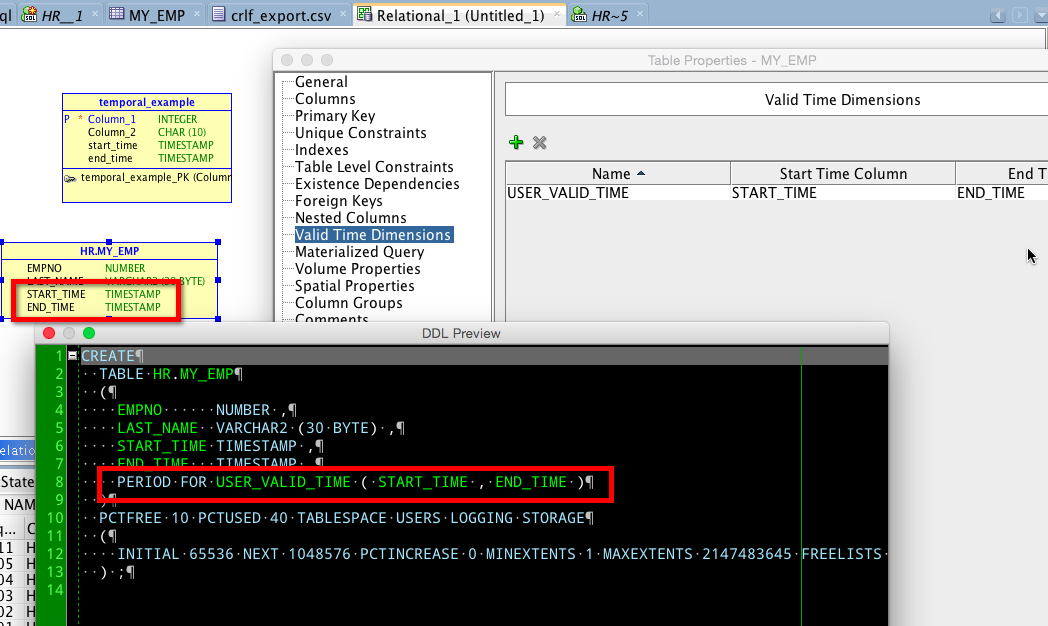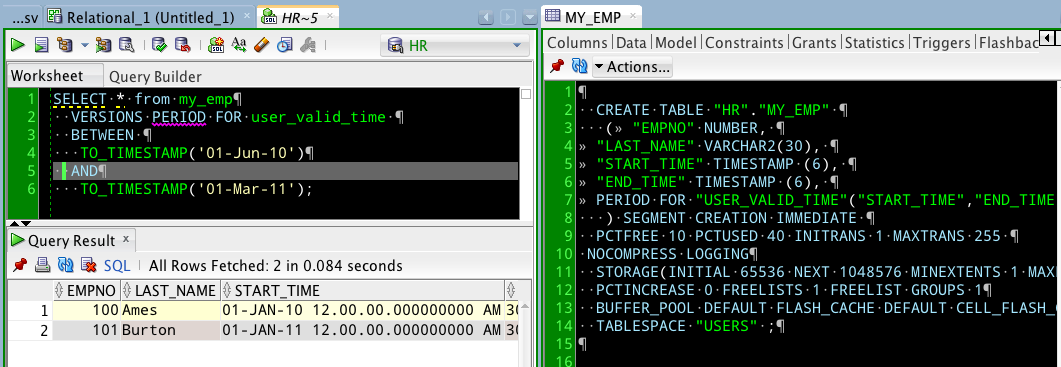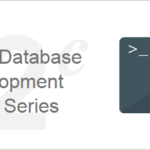Today’s question: can I design a table that takes advantage of the new Temporal Validity feature in Oracle Database 12c?
Today’s answer: ‘Yes.’
In a nutshell:
Temporal Validity Support lets you associate one or more valid time dimensions with a table and have data be visible depending on its time-based validity, as determined by the start and end dates or time stamps of the period for which a given record is considered valid. Examples of time-based validity are the hire and termination dates of an employee in a Human Resources application, the effective date of coverage for an insurance policy, and the effective date of a change of address for a customer or client. [DOCS]
There’s a property in the Table editor that allows you to define the start and end times required to specify the ‘temporal validity’ of your data.

Note that I’m running SQL Developer v4.1 connected to a 12.1.0.2 Oracle Database.

Next question?






3 Comments
what about Temporal Validity Support in SQL Developer
Your queries should work, but what exact are you looking for?
the simple point is that the ‘temporal validity’ is more “visible” in sqldeveloper data modeler than in sqldeveloper;
… and it’s like ‘a litte nudge’ to enjoy reading the next post about it !